Percy Bysshe Shelley’s “Ode to the West Wind” stands as a monumental piece of Romantic poetry, encapsulating the profound relationship between humanity and nature. Written in 1819, during a period of political upheaval and personal turmoil for Shelley, the poem reflects his deep-seated belief in the transformative power of nature. The West Wind, a central figure in the poem, serves as both a literal and metaphorical force, embodying the duality of destruction and creation.
Shelley’s vivid imagery and passionate language invite readers to explore the complexities of existence, the inevitability of change, and the cyclical nature of life. The poem is structured as a series of five cantos, each rich with evocative language and intricate symbolism. Shelley employs a variety of literary devices, including personification, alliteration, and vivid imagery, to convey his themes.
The West Wind is not merely a meteorological phenomenon; it is a powerful entity that influences the natural world and human experience alike. Through this ode, Shelley articulates his yearning for renewal and transformation, reflecting both his personal struggles and broader societal issues. The poem serves as a testament to the Romantic ideal that nature is a source of inspiration and a catalyst for change.
Key Takeaways
- Shelley’s Ode to the West Wind is a powerful and evocative poem that celebrates the force of nature.
- The poem uses nature as a symbol of power and transformation, highlighting the awe-inspiring strength of the natural world.
- The West Wind is portrayed as a force of change and renewal, bringing about both destruction and regeneration.
- The speaker is deeply impacted by nature’s power, feeling both awe and a sense of insignificance in the face of its might.
- Ultimately, the poem conveys a message about the fleeting nature of human life and the enduring power of the natural world, emphasizing the eternal cycle of change and renewal.
The Symbolism of Nature’s Power in the Poem
In “Ode to the West Wind,” nature is imbued with an almost divine power, symbolizing both destruction and regeneration. The West Wind itself is depicted as a mighty force that sweeps through the landscape, carrying with it the remnants of autumn and heralding the arrival of winter. This duality is significant; while the wind brings about decay, it also paves the way for new growth in the spring.
Shelley’s use of vivid imagery illustrates this concept: he describes how the wind drives away dead leaves, scattering them like “ghosts” across the earth. This imagery evokes a sense of both loss and potential, highlighting nature’s ability to transform and renew. Moreover, Shelley’s personification of the West Wind as a “Destroyer and Preserver” encapsulates the inherent contradictions within nature.
The wind is portrayed as a force that can ravage landscapes, uproot trees, and unleash storms, yet it simultaneously nurtures life by dispersing seeds that will eventually sprout into new growth. This interplay between destruction and creation reflects Shelley’s understanding of life’s cyclical nature. The poet recognizes that in order for new life to emerge, old life must fade away.
This theme resonates deeply within the context of human experience, where moments of despair often precede periods of renewal and hope.
The West Wind as a Force of Change and Renewal
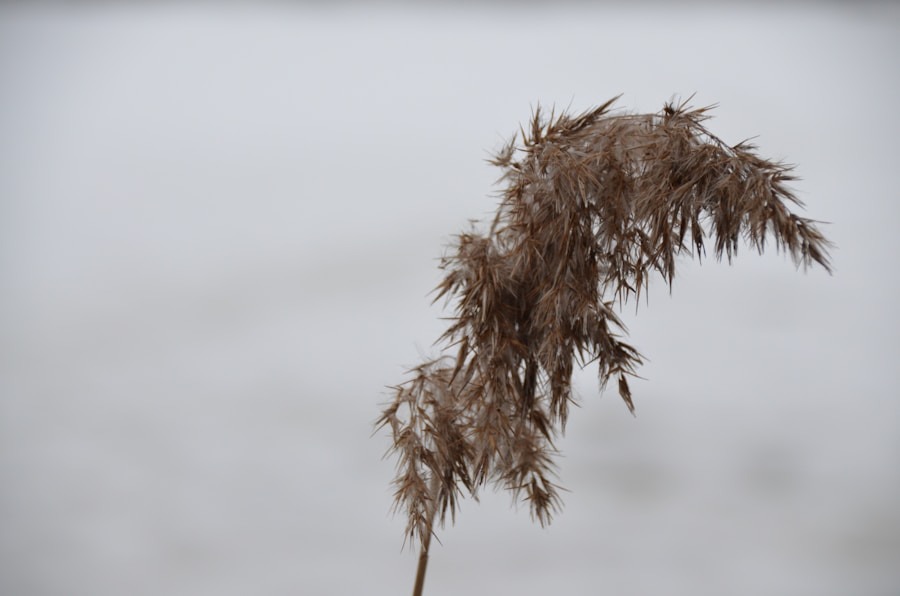
The West Wind serves as a powerful metaphor for change throughout the poem. Shelley invokes the wind as a harbinger of transformation, capable of sweeping away stagnation and ushering in new possibilities. In the first canto, he implores the wind to “lift me as a wave, a leaf, a feather,” expressing his desire to be carried away from his current state of despair.
This longing for elevation signifies not only a personal yearning for liberation but also a broader desire for societal change. Shelley’s plea for the wind to act upon him reflects his belief that nature possesses an inherent ability to inspire and catalyze change within individuals and communities. As the poem progresses, the West Wind becomes increasingly associated with renewal.
In the third canto, Shelley describes how the wind scatters seeds across the earth, symbolizing hope and potential for future growth. The imagery of seeds being sown into fertile ground serves as a reminder that even in times of darkness, there exists the possibility for rebirth. This notion is particularly poignant in light of Shelley’s own experiences during a tumultuous period in his life; he grapples with personal loss while simultaneously yearning for a brighter future.
The Impact of Nature’s Power on the Speaker
Shelley’s relationship with nature is deeply personal, and “Ode to the West Wind” reveals how profoundly nature’s power affects him as a speaker. The poem opens with an urgent call to the West Wind, suggesting that he feels overwhelmed by his circumstances and seeks solace in nature’s might. The wind becomes a source of inspiration for Shelley; it invigorates him with its energy and passion.
He expresses this connection through vivid descriptions of how the wind stirs up leaves and clouds, creating a sense of movement that parallels his own emotional turbulence. As he contemplates the power of the West Wind, Shelley experiences a transformation within himself. He recognizes that he is not merely an observer of nature but an integral part of its cycle.
The wind’s ability to shape landscapes mirrors his desire to influence society through his poetry. In this way, nature becomes both a muse and a mentor for Shelley; it teaches him about resilience and the importance of embracing change. The speaker’s emotional journey throughout the poem reflects this dynamic relationship with nature, illustrating how deeply intertwined human experience is with the natural world.
The Poem’s Message about the Transience of Life and the Eternal Power of Nature
At its core, “Ode to the West Wind” grapples with themes of transience and permanence. Shelley acknowledges the fleeting nature of life; he reflects on how moments of joy are often overshadowed by sorrow and loss. The imagery of decaying leaves serves as a poignant reminder that all things must eventually come to an end.
However, this acknowledgment of transience does not lead to despair; rather, it underscores the eternal power of nature that persists beyond individual lives. The West Wind symbolizes this continuity; while individual experiences may be ephemeral, nature itself endures through cycles of birth, death, and rebirth. Shelley’s exploration of transience is further emphasized through his reflections on time.
He recognizes that while human existence is marked by impermanence, nature operates on a grander scale that transcends individual lifetimes. The wind carries with it memories of past seasons while simultaneously heralding new beginnings. This cyclical understanding of time offers solace to both Shelley and his readers; it suggests that even in moments of despair, there exists an underlying rhythm to life that promises renewal.
Through this lens, Shelley invites us to embrace our own transience while finding comfort in nature’s eternal presence.
Shelley’s Ode to the West Wind as a Celebration of Nature’s Power
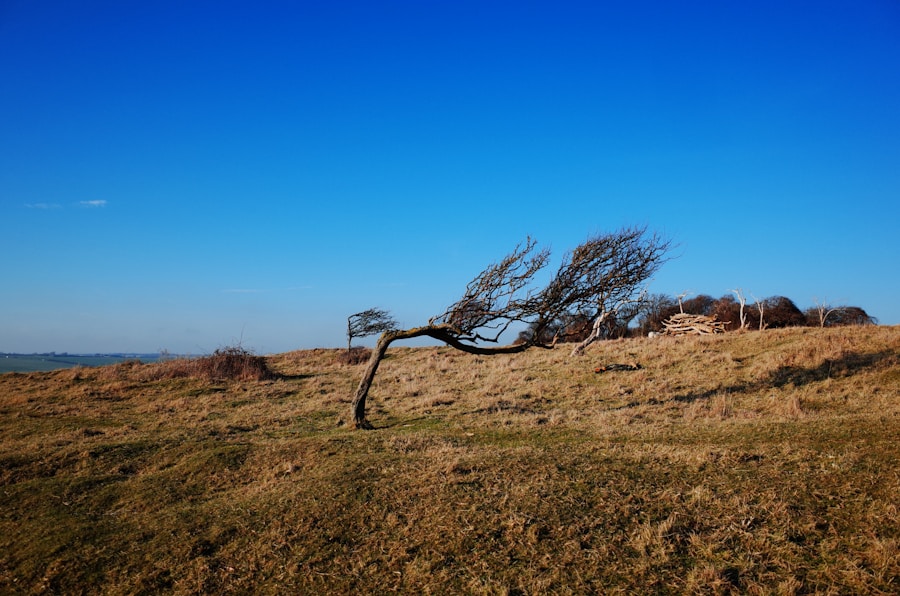
“Ode to the West Wind” ultimately serves as a celebration of nature’s power and its profound impact on human experience. Through his vivid imagery and passionate language, Shelley captures the essence of the West Wind as both a destructive force and a harbinger of renewal. The poem reflects his deep understanding of life’s cyclical nature, illustrating how moments of despair can lead to transformation and growth.
By personifying the wind as an agent of change, Shelley emphasizes humanity’s interconnectedness with nature and our reliance on its power for inspiration. In this ode, Shelley not only articulates his personal struggles but also speaks to broader societal issues, urging readers to recognize their own potential for change in harmony with nature’s rhythms.
As such, “Ode to the West Wind” stands as a timeless testament to the enduring power of nature—a force that shapes our lives, inspires our creativity, and ultimately connects us all in our shared journey through existence.
Shelley’s Ode to the West Wind beautifully captures the immense power of nature and its ability to bring about change and transformation. This concept of nature’s power is further explored in the article The Power of Chaos: Embracing Disorder for Growth and Innovation, which delves into how embracing chaos and unpredictability can lead to growth and innovation in various aspects of life. Just as the West Wind symbolizes the force of nature in Shelley’s poem, this article highlights the potential for positive change that can come from harnessing the power of chaos.










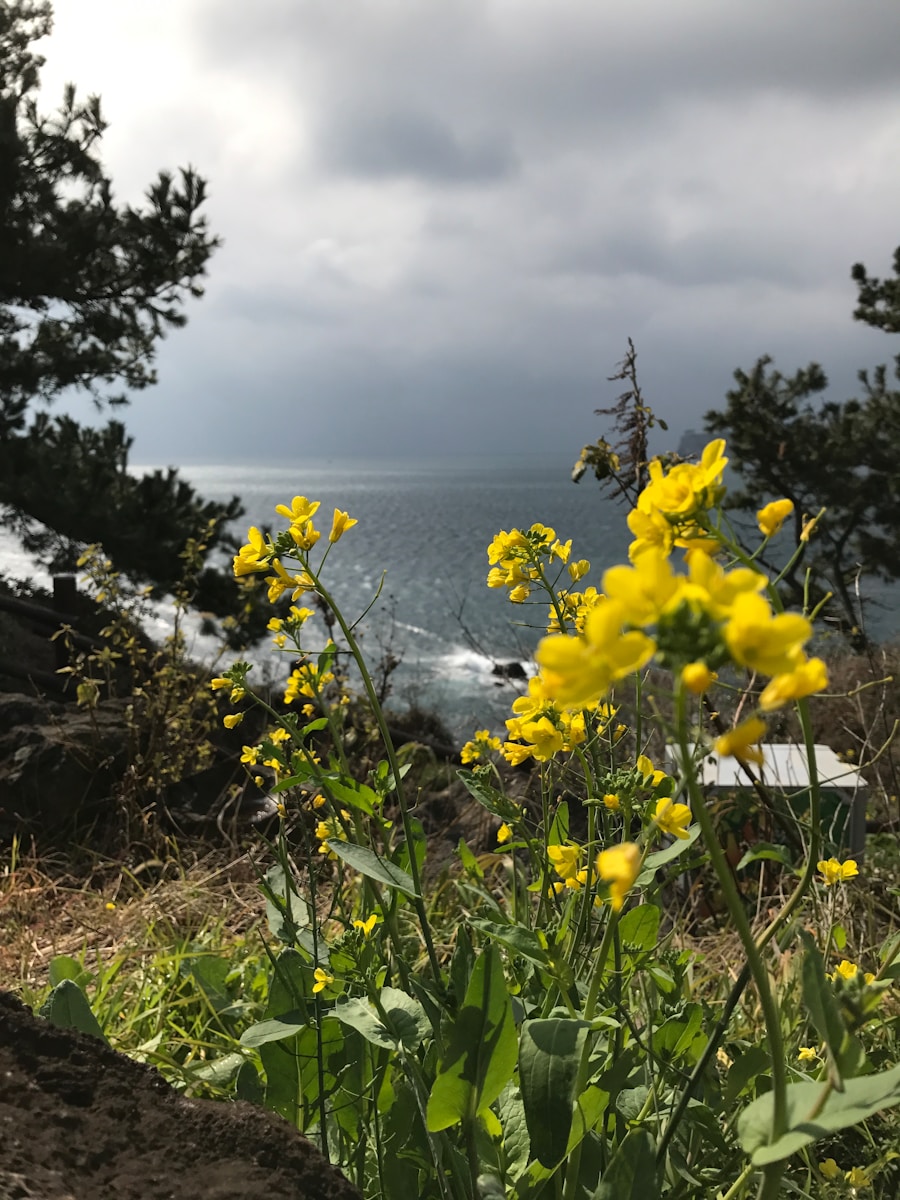







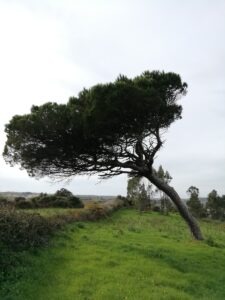
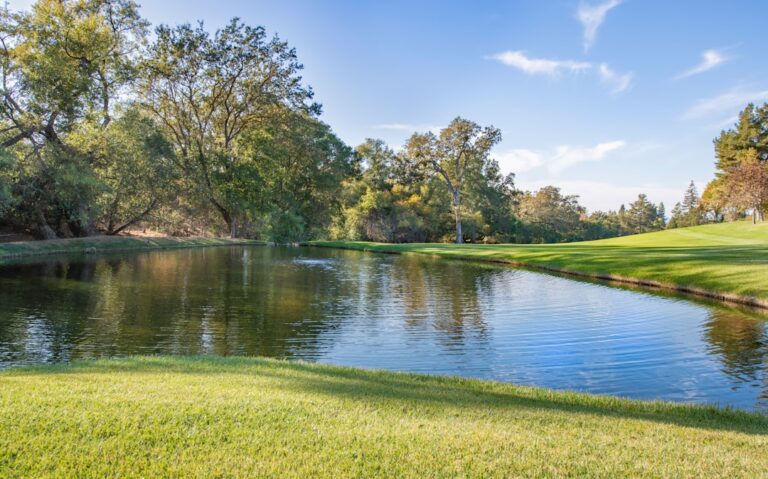



+ There are no comments
Add yours